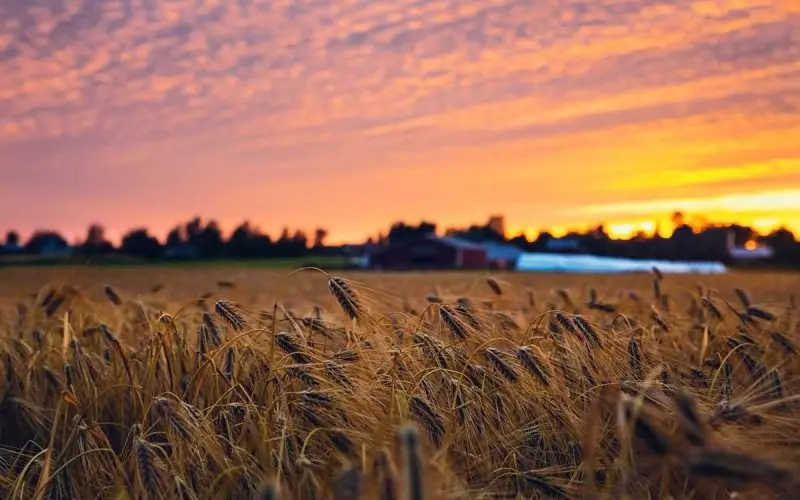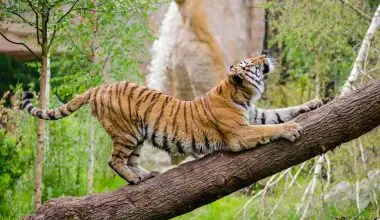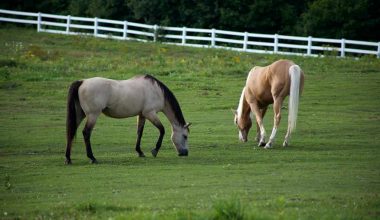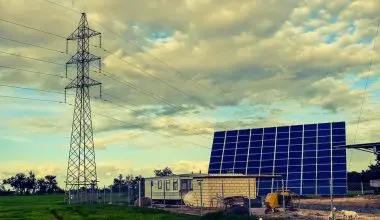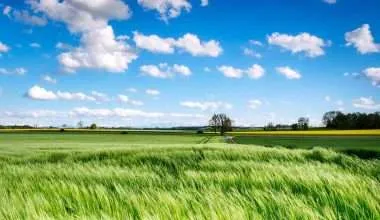Table of Contents Show
With increasing differences between demand and supply of food and high fluctuations being predicted in markets; we have to analyze our farming techniques to know how they can be changed to reduce such fluctuations.
Because these fluctuations are sometimes responsible for one-tenth of the population not having anything to eat.
Some of these reasons would be land degradation, water scarcity and climate change.
There have been many efforts in improving farming practices by innovative farming methods and using better machinery; either to improve yield or minimize costs.
We found a way to do both by practicing Monoculture Farming.
Navigation
Advantages of Monoculture Farming
Disadvantages of Monoculture Farming
- Damage to Soil Quality
- Increased Fertilizer use
- Vulnerable to Pests
- Increased use of Pesticides and Herbicides
- Damage to the Environment
- Loss of Biodiversity
- Disease Susceptibility
- Lower Yields
Solutions/Alternatives to Monocropping
What is Monoculture Farming/Monocropping?
Monocropping is the technique where the farmer grows the same crop on the same land every year; this is usually practiced in wheat fields, grape vineyards and corn fields.
Another term that usually comes to mind when talking about monoculture farming is Monoculture Forestry.
What is Monoculture Forestry?
Another term discussed along with Monoculture farming is Monoculture forestry.
Monoculture forestry refers to planting as well as harvesting of one species of trees only.
Usually trees grow in a way that multiple stands of trees of same species are found together in a localized area.
However, when growing naturally, these trees are found in different stages of growth. Some are at the level of sprouting, some young, some full grown and some dead.
In contrast, when monoculture tree stands are planted they are in same stages of growth, exactly similar in size. There are no dead trunks or holes which could potentially be a habitat to wildlife.
And because they are at similar stages of growth, they are harvested by clear-cutting (harvesting all trees at the same time).
Clear cutting of trees severely impacts wildlife habitats due to habitat loss.
By the looks of it, seems very easy! Plant the same species all around and harvest all at once.
But at what cost?
New research indicates Monocropping actually turned out to have counterproductive results when considering it’s effects on climate change and land degradation.
Hence, it is important to discuss Advantages and Disadvantages of Monocropping in detail to be able to assess how beneficial it is and whether it should be applied or not.
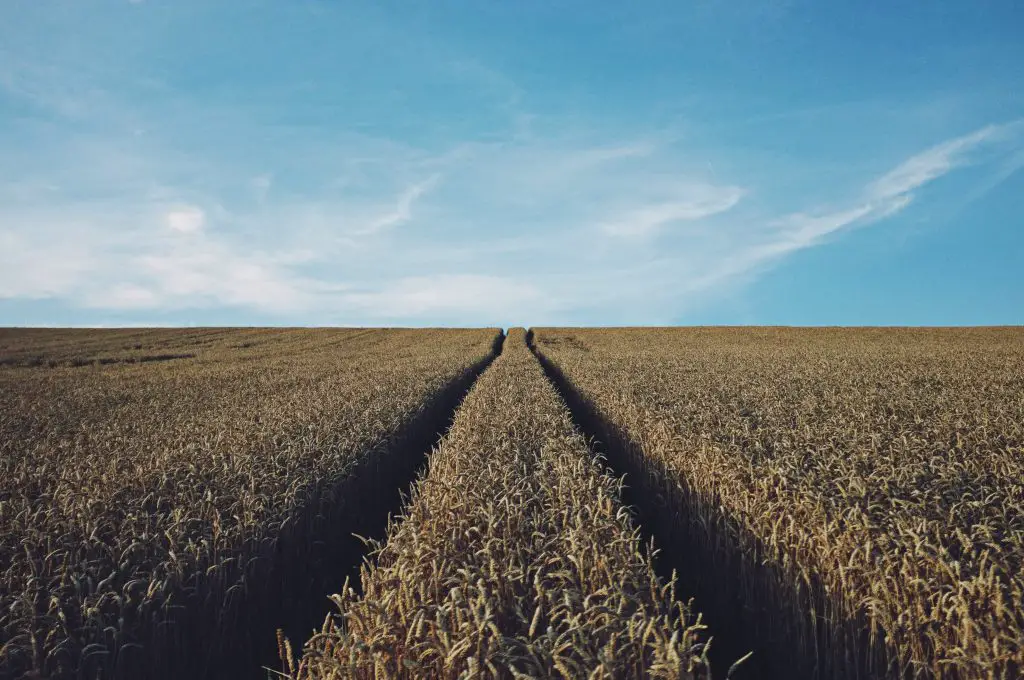
Suggested Readings:
Who Really Feeds the World?: The Failures of Agribusiness and the Promise of Agroecology by Vandana Shiva
Monoculture Farming: Global Practices, Ecological Impact and Benefits/Drawbacks (Global Agriculture Developments) by
Tapan Kumar Nath and Patrick O’reilly.
Advantages of Monoculture Farming
1. Specialized and Consistent Crop Production
Specializing in one crop throughout the farm, the farmer can optimize the processes as the seeds, chemical fertilizers, water requirement, pest control and harvesting methods would be the same throughout the field or farming system.
This will lead to lower costs of production and higher yields.
There would be lower costs of production in monocropping as the seeds, fertilizer as well as pesticides will all be bought in bulk for the similar kind of crop.
Similar crops would also mean that the agricultural processes of the farmland would be specialized and the farmer would have to invest into only a certain kind of machinery.
This suggests that monocropping is more economically viable for farmers.
However, those against monoculture farming believe that it puts a horde of environmental issues and is actually less profitable than organic farming.
2. Crops in-demand
Monoculture farming favors crops that are popular in markets. Farmers assess the crops that are the most commercially viable to grow.
They then choose crops that will always be demanded in markets, like wheat.
3. Perfect match of conditions
Monoculture can be used to grow crops best suited to the local climate and soil conditions of the farmland. This will ensure the best yield for that specific crop, because its growing conditions are met ideally.
4. Easy and Simple
It is always easier to do one thing multiple times rather than multiple things at once.
What I mean to say is growing one crop throughout the field is always easier for farmers and simpler to do so rather than growing many different crops in one field.
This is one reason why farmers with very large acreage have not thought going for polyculture farming, it would simply be too much work they’re not willing to do!
Disadvantages of Monoculture Farming
A higher yield at lower costs sounds very attractive and with the growing costs and growing population, it could be considered more of a solution to rising food security problems.
But the long term effects of monocropping are quite dangerous making Monoculture farming quite risky.
Let me discuss some of them below.
1. Damage to soil quality
When growing only one crop on the field, it leads to intensive farming throughout the farm. When growing these crops every year in such a manner, it leads to depletion of soil nutrients.
The depletion of those soil nutrients,especially nitrogen, leads to weakness in soil and an inability to support healthy growth of plants. Along with nutrient depletion, there is damage to the natural constituents of soil due to increased use of fertilizers discussed ahead.
2. Increased use of Fertilizers
This means that we have to provide the soil with more and more essential nutrients to be able to grow it at the same potential.
The higher demand of nutrients is fulfilled by using higher amount of fertilizers. These fertilizers have their own toll on the environment (discussed ahead).
3. Susceptibility to Pests
Monocultures are quite vulnerable to weeds and pests, which means we need to use more pesticides to get rid of them.
Monoculture farms have plants which are almost clones of each other, this would mean if one plant was to be susceptible to a pest; the rest of them would also be susceptible.
Pests also find these monocropping farms home-like because the plants they like to eat grow each year at the same specific time attracting the pests to the farmland.
This raises the risk of economic loss on the farmers who practice monocropping because if one plant was to go bad, the rest of them would also be affected leading to loss of profit on the whole farmland due to devastated agricultural production.
4. Increased use of Pesticides and herbicides
As discussed above of how monoculture crops are more at risk from weeds and pests along with increased susceptibility and greater attraction of pests.
It would only make sense why there would be greater need of pesticides for such farmlands.
This increases the farmer’s costs in the long run and is very damaging to the environment as well.
5. Damage to the Environment
The increased amount of fertilizers and pesticides applied on the fields find their way into the ground water and flow into rivers causing water pollution and also get mixed with the air causing air pollution.
Deforestation is another major issue created by monocropping as the demand for Land increases. Since 1970, the Amazon rainforest has lost 20% of its forest cover, mostly due to these monocropping practices.
It has also been suggested that there is a high dependency on fossil fuels which could lead to increased environmental problems like global warming.
6. Loss of Biodiversity
Growing specific species of crops (monoculture farming) leads to loss of biodiversity. This also restricts the choices of the customers, because then they don’t have much variety of produce to buy from.
7. Increased Susceptibility to diseases
Because the monocrops are genetically similar (similar species), their resistance to diseases is also similar.
Hence, if a crop was to be infected by a disease, there is a chance of the whole farmland being compromised by the same disease.
8. Actually lower yields
Contrary to popular belief, newer research has suggested that plant communities (polyculture) have actually been found to have a higher yield rather than pure monoculture farms.
Alternatives to Monocropping / Solutions to Monoculture Farming
While talking about the pros and cons of monoculture farming, one should also appreciate the fact that there is an alternative which might be a solution to all of these issues related to monoculture farming.
The Major alternative to Monoculture farming is Polyculture Farming.
What is Polyculture Farming?
Polyculture is a form of agriculture in which multiple species of crops are grown on the same farm at the same time in order to resemble the diversity of plants found in nature’s ecosystems. Polyculture has been the more popular option among farmers along all history of conventional and organic farming.
Polyculture Types
Different types of polyculture techniques include:
- Inter-cropping (Growing more than one crops adjacently, on the same field)
- Cover Cropping (Growing crops just for the sake of covering and conserving the soil)
- Permaculture
- Integrated Aquaculture (Cultures of fish/shrimp grown with seaweeds, shellfish etc.)
Polyculture farming is quite beneficial because of its ability to resist pests, weeds as well as diseases. This is the reason that polyculture farming is considered a part of sustainable agriculture.
Other major advantages of Polyculture farming include:
- Famine or complete loss of crop is unlikely due to genetic variance
- Reduced use of Fertilizers and pesticides.
- Crop rotation, as discussed ahead, replaces nutrients.
And a few disadvantages of polyculture include;
- More knowledge intensive as farmers need to know requirements, inputs an more of each plant grown. This could be difficult for them learn to as well.
- Increased machinery needed for harvesting different types of crops, hence greater investment which is difficult for small farmers.
A branch of polyculture is Crop Rotation, where the crops are rotated at regular intervals and different crops are planted on each seasonal cycle so as to replenish nutrients in the soil and be able to grow commercially viable crops at the same time. This enhances the soil quality as well as pest resistance, which would mean the use of pesticides and fertilizers is sure to reduce. Crop Rotation is practiced by most organic farmers today. This will also go a long way in protecting the environment.
